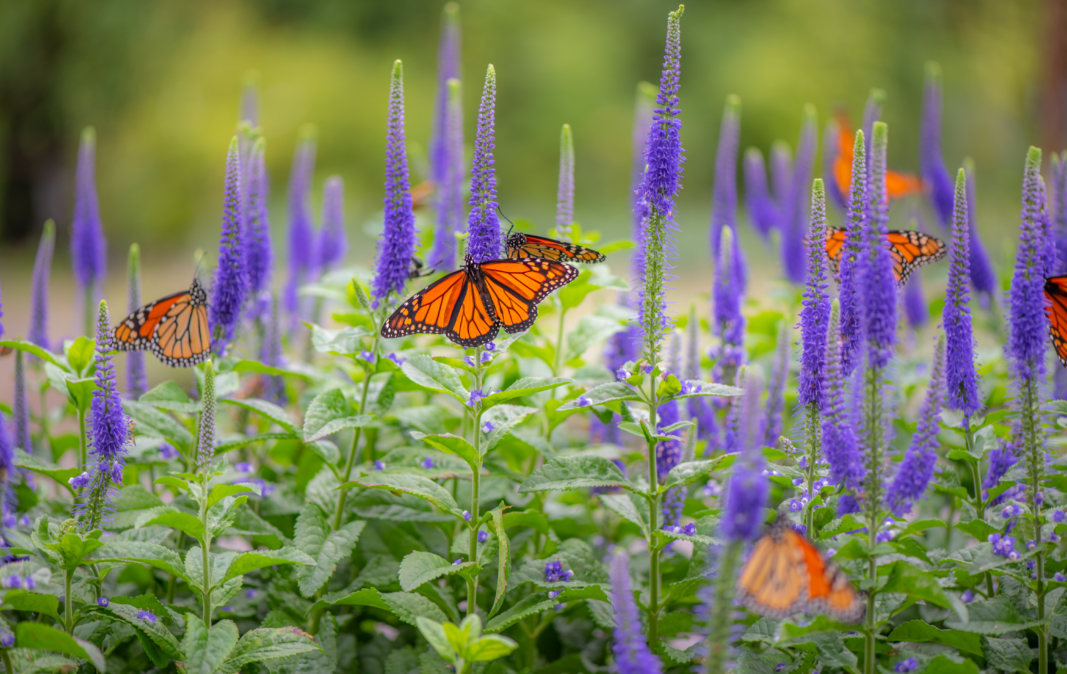
Pollinator Support: a Step-by-Step Guide
Why We Plant for Pollinators
Plants depend on pollination to produce fruits, seeds and the next generation of plants. Many of the plants we cultivate for food and flowers depend specifically on pollinator insects, birds and small mammals. This makes pollinators a keystone of our environment and a vital part of our agriculture. Much of the produce and other food products you purchase at the grocery store depend on pollination during their growth and production process.
As our cities and suburbs grow, the diversity of plants our pollinators need to survive has declined. Fortunately, there are plenty of steps we can take, large and small, to build the environment our native pollinators need to thrive and support the ongoing cultivation of produce and beautiful flowers. It’s great to plant a full butterfly garden, if you can, but if that is too large a project for you, you can start small.
How to Get Started
Step 1: Check Your Pest Control Products
This is the easiest step to take and a very important one. Even if aren’t planning to plant a wildlife habitat in your yard, you can make a difference by making sure your landscape is a safe place for pollinators. Systemic pest control products, which will absorb into all parts of the plant including the nectar, should only be used when there is limited risk of pollinators consuming nectar from the plant’s flowers. Our plant clinic can aid you in selecting the safest control options for pests, depending on whether pollinators are likely to visit your plants. Bring a sample of your plant in a bag to the plant clinic and we will be happy to help you out!
Step 2: Introduce Some Blooming Plants
If you aren’t ready to start planting a full pollinator garden, you can still add some attractive plants for pollinators! Consider tucking in a few blooming plants into your garden that are pollinator favorites. Milkweed is a great choice, as it is the host for the monarch butterfly and very popular with other pollinators. If you aren’t ready yet to commit to perennials, annuals are fine too. Zinnias are very popular with pollinator insects and are also easy to grow from seed.
Step 3: Plant Natives for Native Pollinators
Whenever you plant something new, consider making it a native. A number of our local bees and butterflies are specialized and focus on specific native plants, so the more natives we plant in our gardens, the better we can support them. There are many native tree, shrub and perennial options to consider that are beautiful and perform wonderfully in our gardens!
Milkweed, monarda, rudbeckia and yarrow are great perennials for sun. Cardinal flower, woodland phlox and foamflower are perennials that grow well in the shade.
If you have room for a tree, redbud, dogwood, and fringetree are wonderful choices for nectar while oaks are a vital host plant for caterpillars. There are many more plants to choose from, but all of these plants are excellent starting points.
Step 4: Aim for Year Round Blooms
Try to offer early and late season sources of nectar in addition to your spring and summer blooms. As your garden evolves, consider where you have gaps in bloom and add some plants that can provide a source of nectar during that time. Listed below are a variety of natives you can select from to extend your blooming season as long as possible.
- Late Winter/Early Spring Nectar Sources: Red Maple, Redbud, Fringetree, Serviceberry, Virginia Bluebells, Bloodroot
- Spring/Early Summer Nectar Sources: Milkweed, Monarda, Phlox divaricata, Foamflower, Spicebush, Tulip Tree, Sweetspire
- Late Summer/Fall Nectar Sources: Aster, Buttonbush, Heliopsis, Joe Pye Weed, Phlox paniculata, Rudbeckia
- Late Fall Nectar sources: Goldenrod, Witchhazel
Remember that it’s fine to just do the best you can! One pollinator friendly plant is a great benefit where none were planted before, and not everyone will have the space to plant this many flowering plants.
Meet the Pollinators
Bees
Bees are keystone species and all of our native bees are central to the health of our ecosystem and the survival of many other species. They are our most prolific pollinators, and we depend on them for use in agriculture and gardening. We have about 400 species of bee that are native to Virginia, so this is just an overview of some of the main categories of bee you are likely to encounter.
Bumble Bees (Bombus)
These are some of the largest bees in your garden, known for their large, fuzzy appearance. They are social and live in colonies, often underground. As generalists, these bees will go to just about any plant for nectar. If you look closely, you can see little pollen baskets on their legs full of pollen. There are many species contained within this genus, so keep an eye out for species such as the Common Eastern Bumble Bee, the American Bumble Bee, the Brown Belted Bumble Bee, or the Rusty Patched Bumble Bee.
Solitary Bees
Carpenter Bees (Xylocopa), Leafcutter Bees (Megachilidae), Mason Bees (Osmia) and Sweat Bees (Halictidae) are solitary bees that create nests out of leaves or wood. Mason bees do not create their own nests, so you can attract them to your garden by adding a bee house.
Honey Bees (Apis)
These are perhaps the most well-known bee but interestingly enough, are not native. They were introduced in the 17th century during the colonial era. Nevertheless, we depend on these critters for pollination of many crops, as well as for the honey we love to use as a sweetener.
Butterflies and Moths
There are many species of butterflies and moths in our state that pollinate our plants. Some of the most common are very easy to attract to your garden by planting specific plants for their caterpillars.
Swallowtails
Virginia is home to a number of swallowtail species, namely the Black Swallowtail, Eastern Tiger Swallowtail, Spicebush Swallowtail and Zebra Swallowtail. These butterflies are named for pointed bottoms of their wings, which look like the ends of a swallow’s tail. Add Parsley to your garden for the black swallowtail, spicebush for the spicebush swallowtail, and pawpaw for the Zebra Swallowtail.
Monarchs
Perhaps the most famous butterfly in the United States, known for their incredible migration patterns. Plant milkweed (Asclepias) for these butterflies to nest on, as it is their only host plant.
Skippers
Skippers are a more modest family of butterflies, much smaller and with less showy markings than monarchs and swallowtails, but still very important to our local ecosystem. You may have seen the Checkered Skipper or the Silver Spotted Skipper in your own garden, among others. Depending on the type, they may nest on bluestem grass, false indigo, mallow or a number of other plants.
Hummingbirds
Our native hummingbird species, the Ruby Throated Hummingbird, feed on a variety of insects and nectar. They are not our most prolific pollinators, but they are a wonderful species and a great one to attract to your garden for enjoyment. These hummingbirds are particularly attracted to the color red, so consider planting cardinal flower, eastern red columbine or monarda to bring them to your garden.


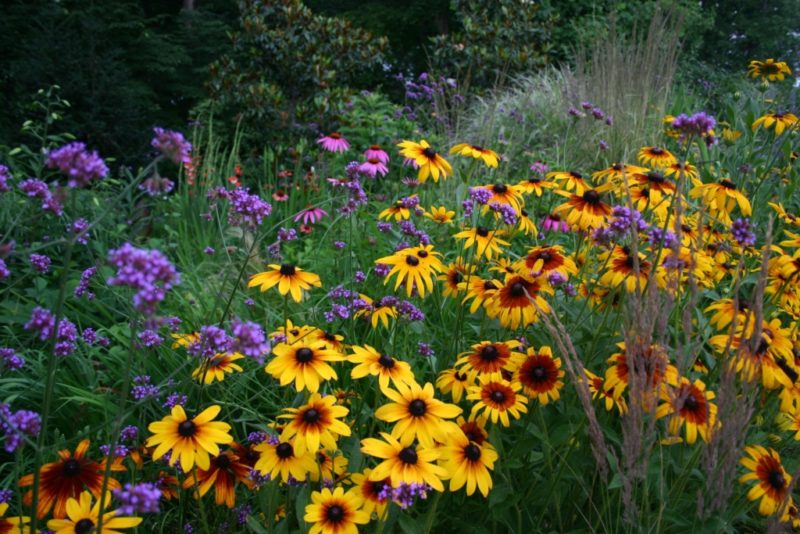
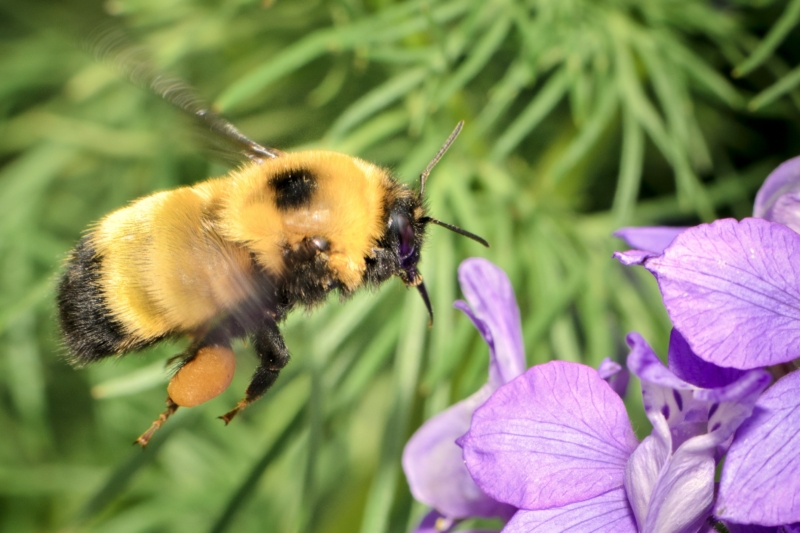
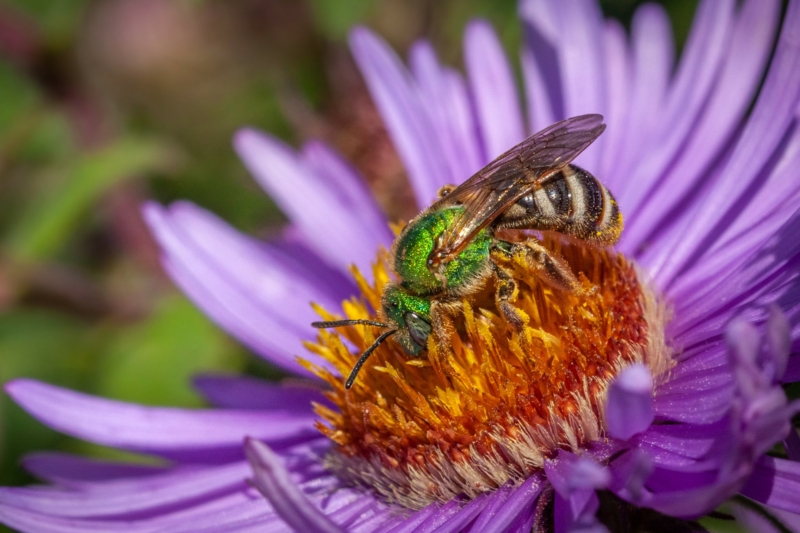
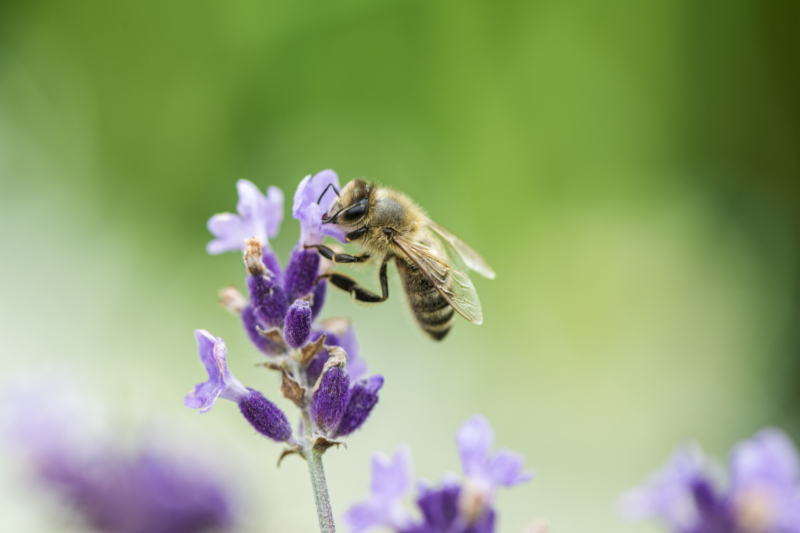
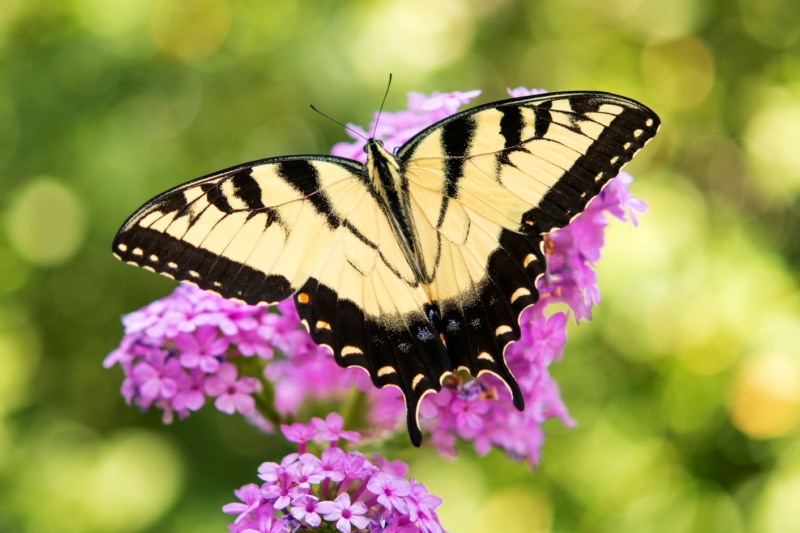
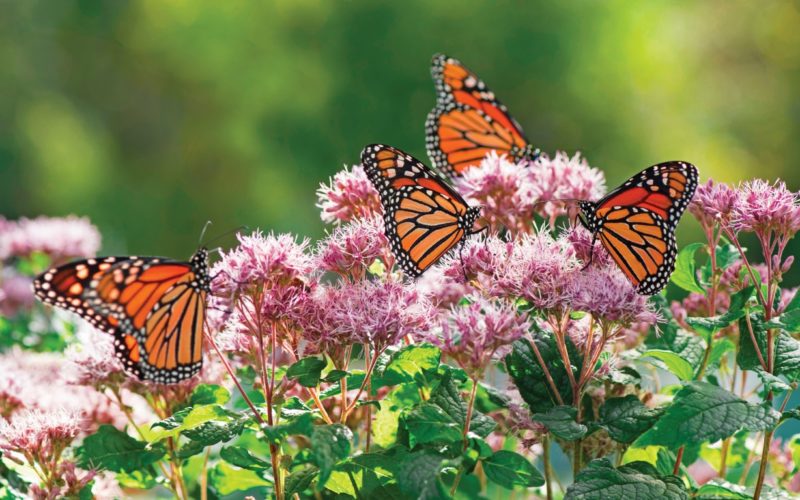
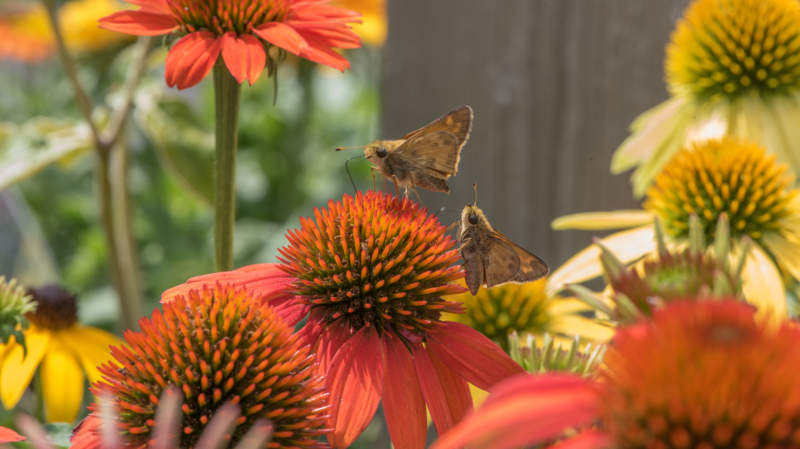
 Bryn Wallace
Bryn Wallace